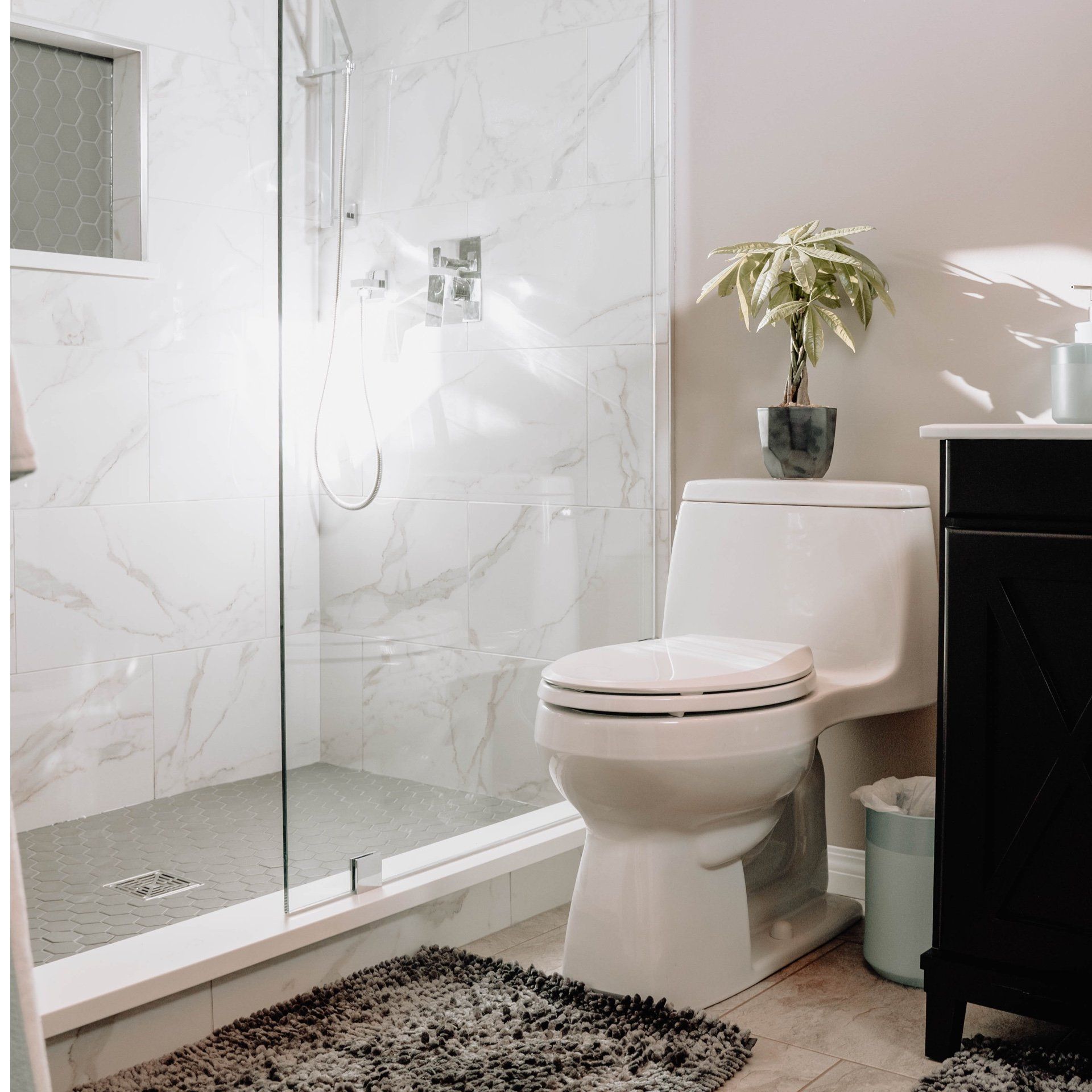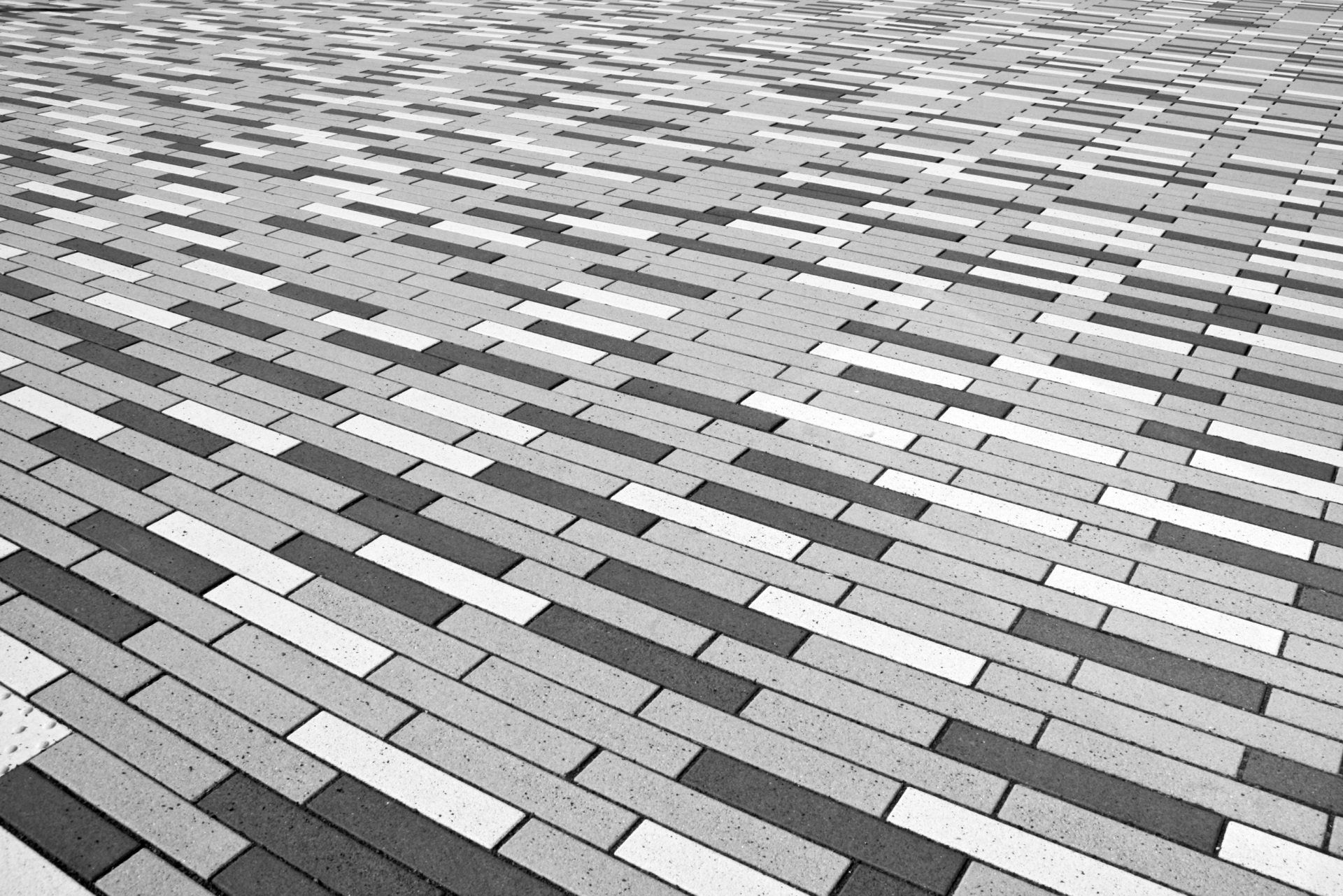K&L Remodeling
Convert a Bathtub into a Shower
Installing floor tiles is the new norm for modern homeowners. The benefits that tiles bring to your home are exhilarating, from stylish looks to keeping your house cool and the durability properties of the tile components.
Some homeowners prefer doing the whole task by themselves, especially when the area to be covered is of considerable length.
K&L Remodeling is here to make this process easy and hands free.
A well-installed tile brightens up the room while, on the contrary, inappropriate installed tile fuels loads of detrimental effects to your health and your property value. Since tile installation is a common DIY task, some of the major mistakes people make during the entire process are listed below.
How to correct tile flooring
Like any construction strategy, flooring tile installation needs a laid-out plan to ensure quality output. Surface preparation is crucial before you even start thinking of any other step. It's unprofessional to begin laying your tiles on an unprepared area immediately. Clean and smoothen the area of concern to ensure appropriate tile installation. Otherwise, your tiles won't hold tight for long, which will lead to frequent damage to tiles and their subsequent replacements.
Unevenly Grouting
Ideally, it would be best to prepare your grout until you achieve a peanut butter consistency. After which, you should wait for about 10 minutes before using it. Don't let the grout dry for long, as this will result in the uneven tiling of your floor. Ensure you use the correct tool like a trowel to spread the grout evenly and slowly before laying your tiles. Remove excess grout before it dries up by applying it to a small area and consequently laying down your tiles.
Cracked Tiles
During installation, it's advisable to ensure you deploy the right tool to cut the tiles. Otherwise, you risk the possibility of breaking as many tiles as you can, resulting in costly tasks. The process of replacing the broken tiles will ultimately increase the time taken for the whole project.
A diamond wet saw is the best tile cutting tool that is abrasive and not toothed. Also, before the actual cutting of tiles, mark them with grease pencils for easier correction and visibility.
Incorrect Trowel Size
Tiles size directly affects the size of the trowel tool to use. Your trowel should match your tile size since the more extensive the tile, the deeper the thin-set needs to be; hence the more prominent the trowel you will need. Large trowels contain deeper thin sets, which allow easy adjustments, especially when laying your tiles. On the contrary, smaller tiles will therefore need a smaller trowel.
Improper Underlayment
You don't want your tiles to crack after a week or month? You can't tile on any area of interest. Tiles are laid to a perfectly even, firm, and flat surface. Therefore, if your floor does not contain such attributes, you risk frequent tile cracking cases. Your tiles will sag and break after some time. If your surface has the wrong underlayment, it's advisable to apply a cement board and then lay your tiles on top of the board. Most vinyl and wood floors need additional underlayment before tile installation.
Incorrect Tile Layout
The first impression a person gets when they step inside your house is the tiles' layout. You need to set up a strategic plan to ensure your tiles are laid out precisely. Well, it all goes down to the shape of your desired tiles. The Arrangements of Diamond-shaped tiles are made in a different design from the square ones. Start by entering your tiles and building a plan around the first measurement. Use a straight edge to ensure all laid tiles are at par with the rest as you move across the surface.
Failure to Use Backer Board
Areas characterized by moisture and high humidity require special attention when tiling. Since water presents fertile ground for mildew and mold growth, it's advisable to ensure you include the backer board before tiling. The cement board ultimately eliminates chances of water contact with the floor.
A cement board is highly recommended for such purpose due to its durability properties enhanced by the inclusion of fiberglass.
Fewer Tiles than Expected
A preliminary plan for the project fuels fewer tiles to complete your installation. That's why it's vital to always plan before embarking on the installation process. Carefully measure your area of consideration and calculate the needed tiles. After you have the required amount, add extra tiles for insurance purposes just in case of breakage, cuts, and waste. That will sort you till you complete the whole task.
Adhesive Selection
Adhesive materials enable tiles to fit tight with each other. In humid areas or rooms, well-fitted tiles without the proper adhesive will let water through. In such cases, you will incur extra costs to replace the cracked and crumbled tiles. You don't want that, do you? Therefore, ensure you include waterproof adhesive in your budget during the initial installation planning.
Late Mistake Identification
You can't have a perfect tile installation without having shortcomings, and in most cases, the first installation has loads of issues. That's normal and does not necessarily need to worry you that much. However, it's advisable to call a fresh eye to analyze your work and express the critical errors. The identification process should be done within the first 12 hours of installation to fix the mistakes before the grout hardens quickly. Late mistake identification will ultimately hinder your chances of fixing the issues.
Dotting Corners
To ensure a strong bond, most homeowners consider dotting tiles' corners with adhesive. However, in most cases, this may seem detrimental as applying sealants in such corners only adds pressure to the tiles while they shrink, enhancing the risk of crumbling after some time.
Flooring tile installation for first-timers may seem difficult. That's not always the case; simple research and inquiring about relevant knowledge and skills from friends and people who might have done the project before may be helpful.
The above mistakes are some of the significant errors commonly reported by DIY tile installation. Be aware of other mistakes not mentioned in this article and plan to avoid them. You get polished with quality skills for your next project by learning from your previous blunders.
We bring pride and passion to every project that we undertake, with a professional team of designers, project managers and tradespeople.







